2022 Black Cutworm Pheromone Trap Report Form
2022 Black Cutworm Pheromone Trap Report Form
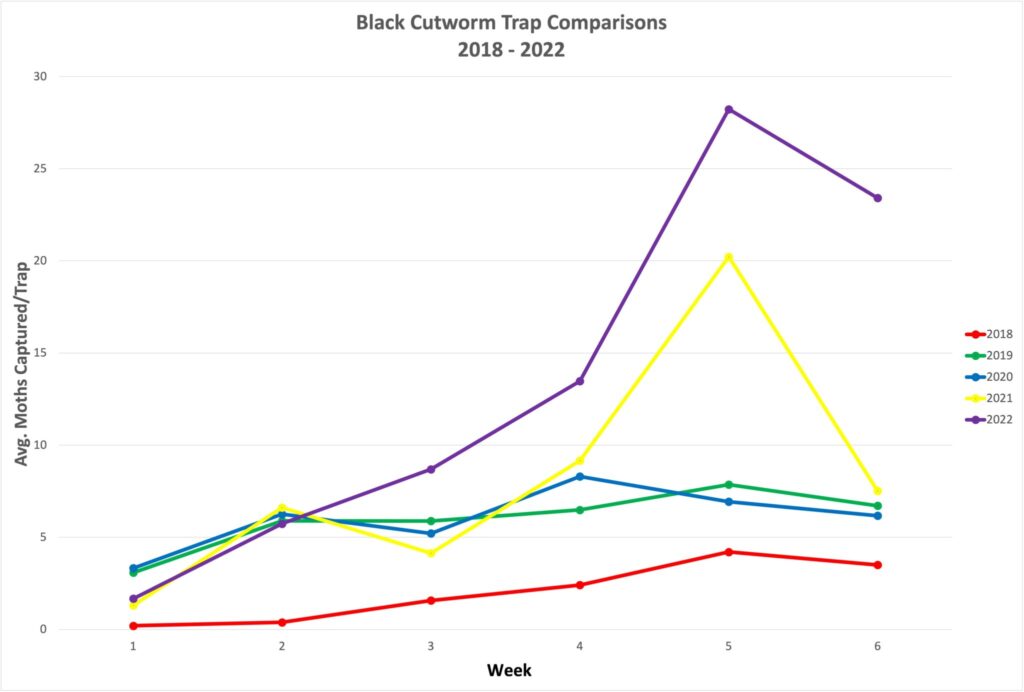
Every spring, cooperators throughout the state put forth considerable effort in trapping for the arrival and intensity of black cutworm moths.
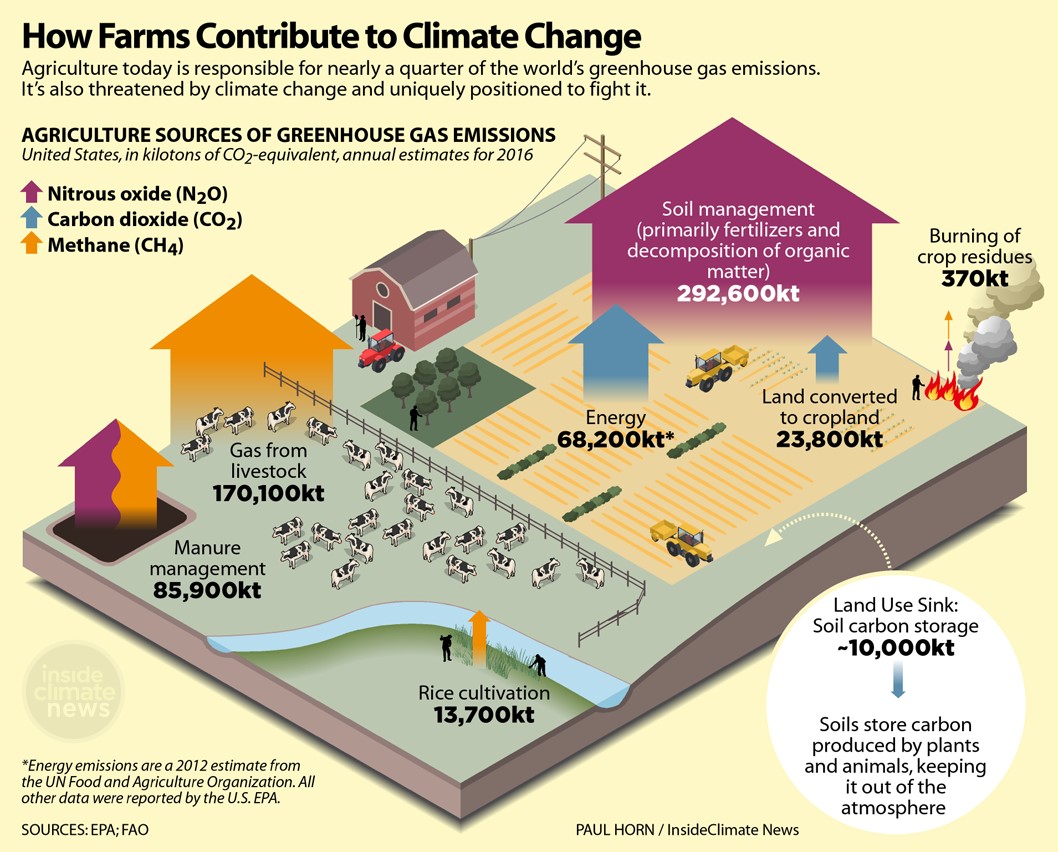
Farming For a Better Climate is all about finding ways to maintain or increase profits while slowing climate change.
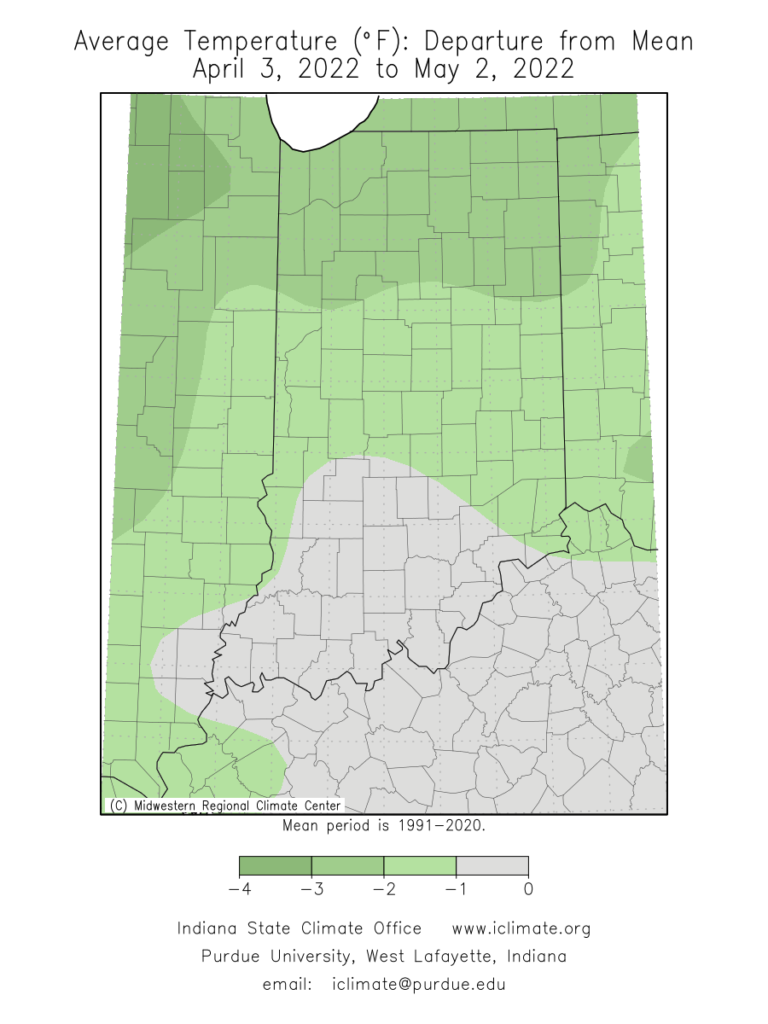
Over the last 30 days (April 3 – May 2), average temperatures ran below normal for most of the state (Figure 1).
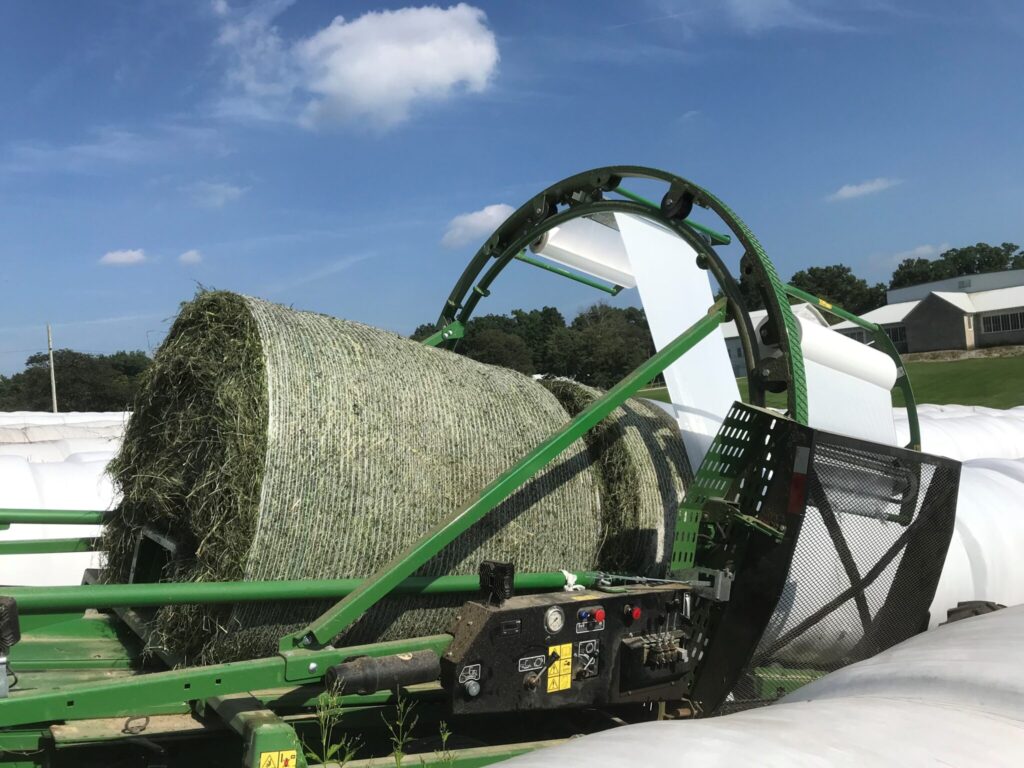
Taking large round and large rectangular bales and wrapping them with white plastic to make bale silage (baleage) has become a common practice.
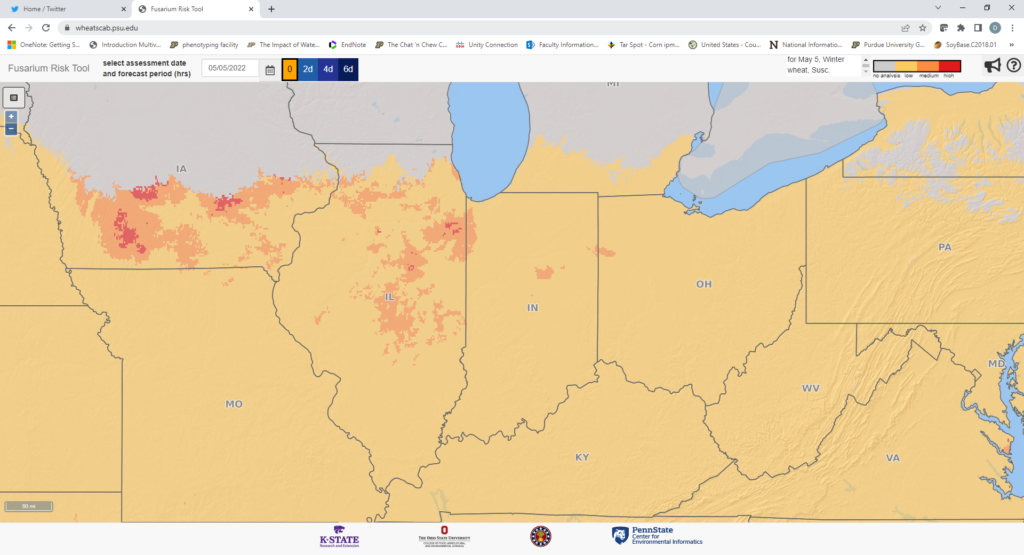
Wheat in Indiana is starting to head out in southern Indiana and flowering will probably start this weekend.
Armyworm Pheromone Trap Report – 2022
2022 Black Cutworm Pheromone Trap Report Form

Could this be a cutworm year? Black cutworm moth catches in many of our cooperator’s pheromone traps continue to be quite impressive (see “Black Cutworm Adult Pheromone Trap Report”).
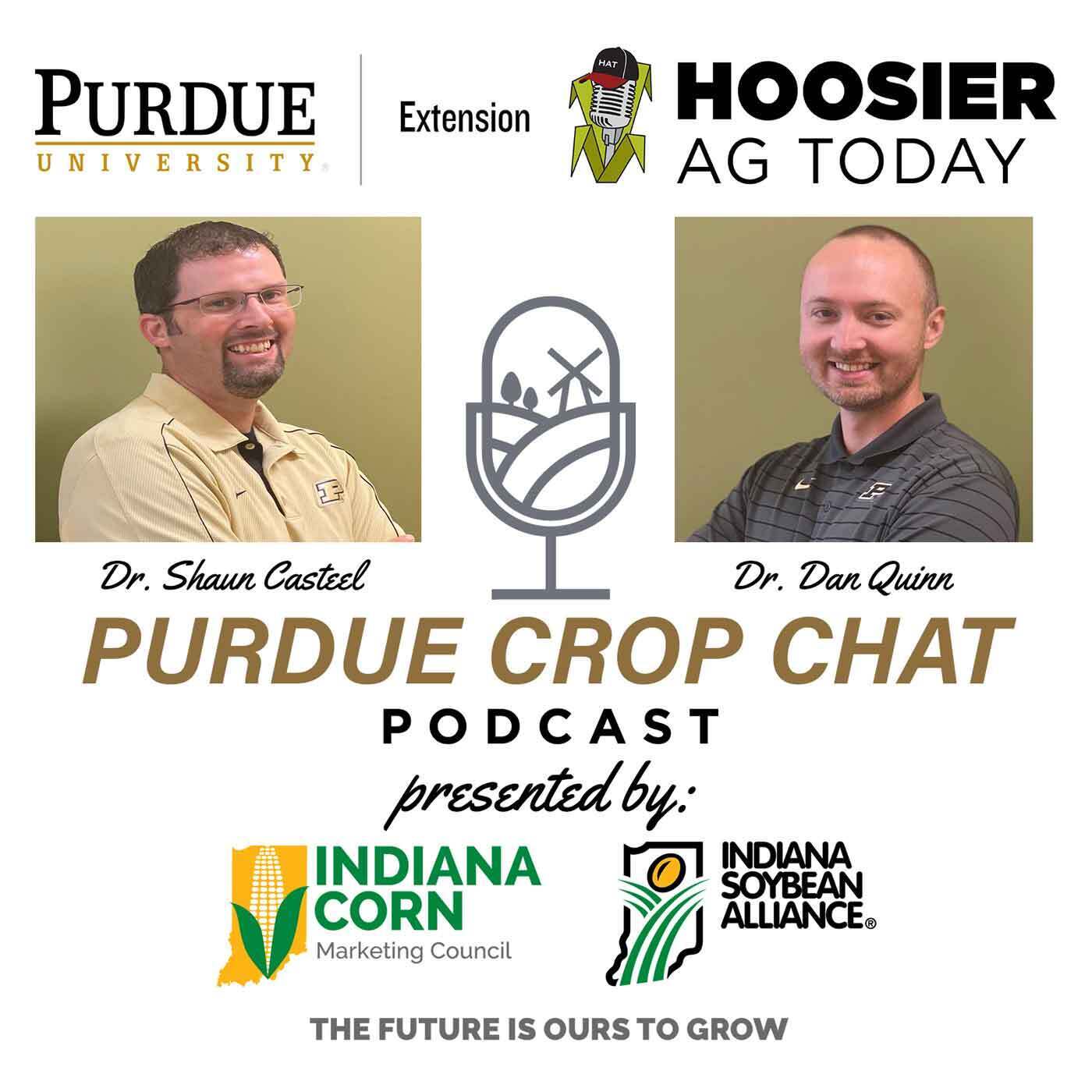
Thanks for listening to Purdue Crop Chat, a regular podcast from Hoosier Ag Today and the Purdue University Extension Service, featuring Purdue Extension soybean specialist Dr. Shaun Casteel and Extension Corn Specialist Dr. Dan Quinn.
© 2025 Purdue University | An equal access/equal opportunity university | Copyright Complaints | Maintained by Pest&Crop newsletter
If you have trouble accessing this page because of a disability, please contact Pest&Crop newsletter at luck@purdue.edu.